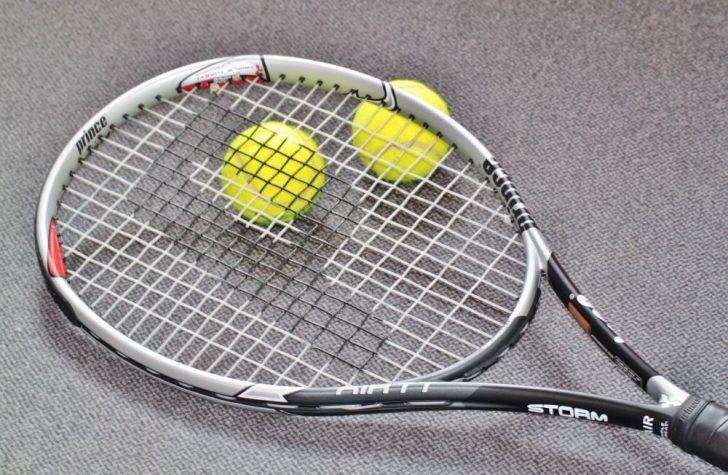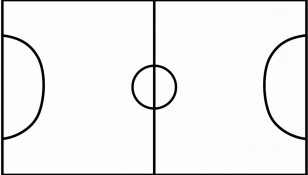40-40 Tennis: A Comprehensive Guide to the Game

Introduction:
In the world of tennis, there are various types of games and scoring systems that add excitement and challenge to the sport. One such variation is ”40-40 tennis,” also known as ”deuce tennis.” In this article, we will provide a detailed overview of 40-40 tennis, discussing its different types, popularity, and the nuances that make it unique. We will also delve into its historical background, exploring the advantages and disadvantages associated with various versions of this game.
1. An In-Depth Overview of 40-40 Tennis:

40-40 tennis, also referred to as ”deuce tennis,” is a scoring system used when players reach a 40-40 tie in a game. Unlike traditional tennis scoring, where players need to win the next point after reaching ”40” to win the game, in 40-40 tennis, players continue playing until one of them wins two consecutive points from the deuce (40-40) position.
2. Types and Popularity of 40-40 Tennis:
a. No-Ad Scoring: One popular type of 40-40 tennis is the no-ad scoring system. In this format, when the game reaches a deuce, the next point played becomes a decisive point. The player who wins this point immediately wins the game, eliminating the need for multiple deuces or advantage points.
b. Advantage Scoring: In some variations of 40-40 tennis, players continue to play deuces and advantage until one player wins two consecutive points. This format allows for longer and more intense rallies, making it a favored choice among players who enjoy strategic gameplay.
c. Super Tiebreaker: Another type of 40-40 tennis is the super tiebreaker. Instead of playing out the game after reaching a deuce, a super tiebreaker is played, usually up to 10 or 12 points, to decide the winner. This format is commonly used in doubles matches or tiebreakers in professional tennis tournaments.
3. Quantitative Measures of 40-40 Tennis:
To provide a deeper understanding of the impact and popularity of 40-40 tennis, it is essential to analyze certain quantitative measures. These measures could include the frequency of 40-40 situations during professional matches, player statistics in 40-40 tennis games, and the number of tournaments or leagues that incorporate this scoring system.
4. Discussing the Differences in 40-40 Tennis Formats:
Each version of 40-40 tennis mentioned (no-ad scoring, advantage scoring, and super tiebreaker) presents its unique characteristics and challenges. The no-ad scoring system emphasizes quick decision-making, as every point counts significantly towards winning the game. On the other hand, advantage scoring prolongs the excitement, often leading to intense and strategic rallies. Super tiebreakers facilitate swift and decisive conclusions, making them a preferred choice in certain tennis formats.
5. Historical Overview of the Pros and Cons of 40-40 Tennis:
Historically, the introduction of 40-40 tennis scoring aimed to address potential flaws in the traditional scoring system. Some advantages associated with 40-40 tennis include increased excitement, more opportunities for comebacks, and a shorter overall match duration. However, critics argue that it may undermine the importance of individual points and prolong matches unnecessarily.
Conclusion:
In conclusion, 40-40 tennis, also known as deuce tennis, offers a thrilling twist to the traditional scoring system in tennis. It presents various formats, such as no-ad scoring, advantage scoring, and super tiebreakers, each with its unique qualities and challenges. While it may have its detractors, 40-40 tennis continues to captivate tennis enthusiasts and players alike with its strategic gameplay and nail-biting moments. So, the next time you find yourself at a deuce, get ready for some intense 40-40 tennis action!

















